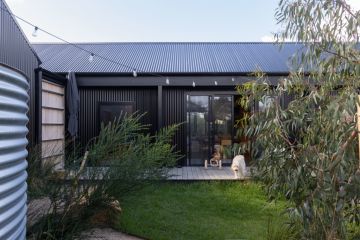Eight low-maintenance plants that look great in the garden

Improving the garden can help lure in potential buyers but where to start and how to get the right look?
When planning a garden, consider the style of the house. A rambling country garden may suit a cottage or rural home, while impactful specimen plants may be better suited to a modern house.
Also consider the size of the garden area, the climatic zone and its orientation.
These plants create instant impact to upgrade the garden, and require minimal maintenance once established. Remember too that if you plant it in a pot, you can take it with you when you sell.
1. Murraya
Murraya paniculata
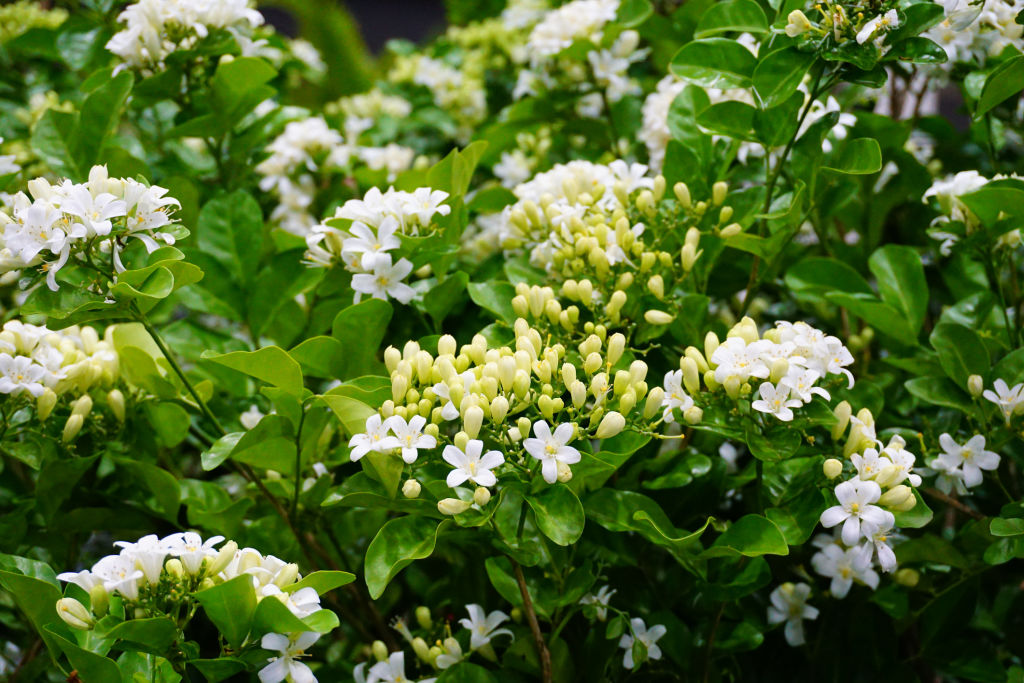
With its dark glossy leaves and fast growth pattern, Murraya is an excellent choice for creating a hedge or as a specimen plant. Several times throughout the year, the bush will be covered in lovely white flowers with an intoxicating scent. The breeze carries the sweet citrus/jasmine perfume around your garden, making it seem like a tropical paradise.
Growing tips: Can withstand light frost, but it may lose some leaves. Water frequently initially. Murraya loves the full sun and can also thrive in partial shade. Can grow up to three metres tall, but also can be pruned to a size suitable for its position.
2. Tree fern
Cyathea cooperia
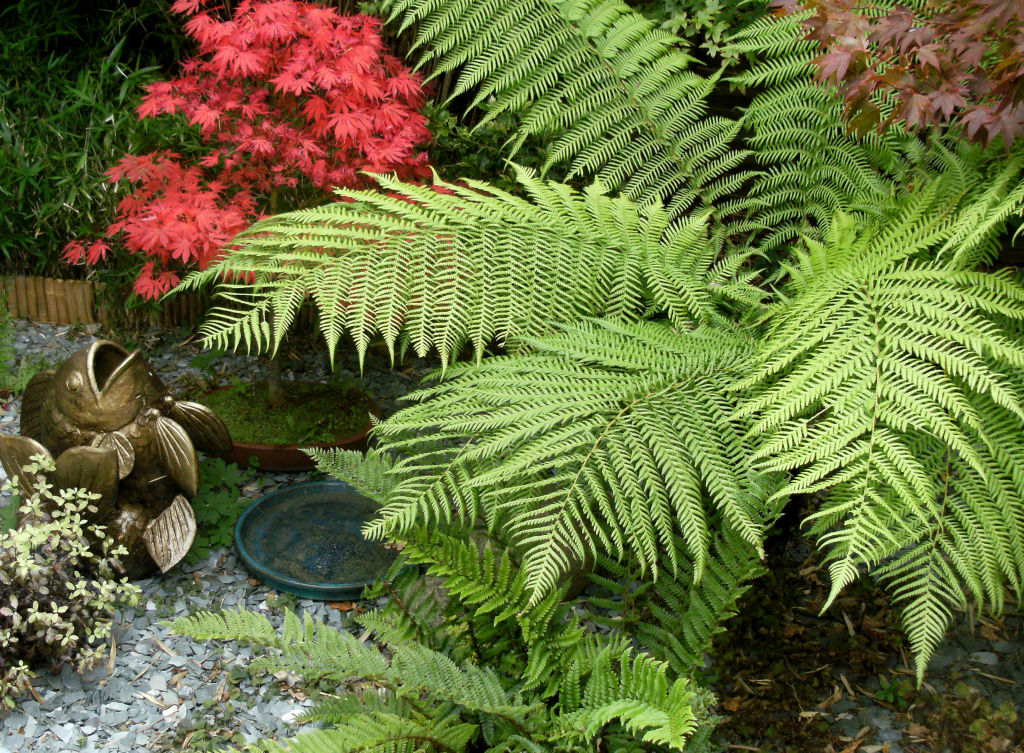
Make a visual statement with a tree fern. It may look like an ugly log when you buy it, but once planted, the elegant fronds unfurl to reveal the mystical look of a lush rainforest canopy. The gnarly stalk is strangely ugly and beautiful at the same time. It is actually a thin stem surrounded by thick, fibrous roots.
Growing tips: Can withstand light frost. Water frequently as it prefers a moist environment. Tree ferns prefer a shady location, but some varieties can withstand some sun. Usually grows up to five metres, but can grow up to 15 metres.
3. Star jasmine
Trachelospermum jasminoides
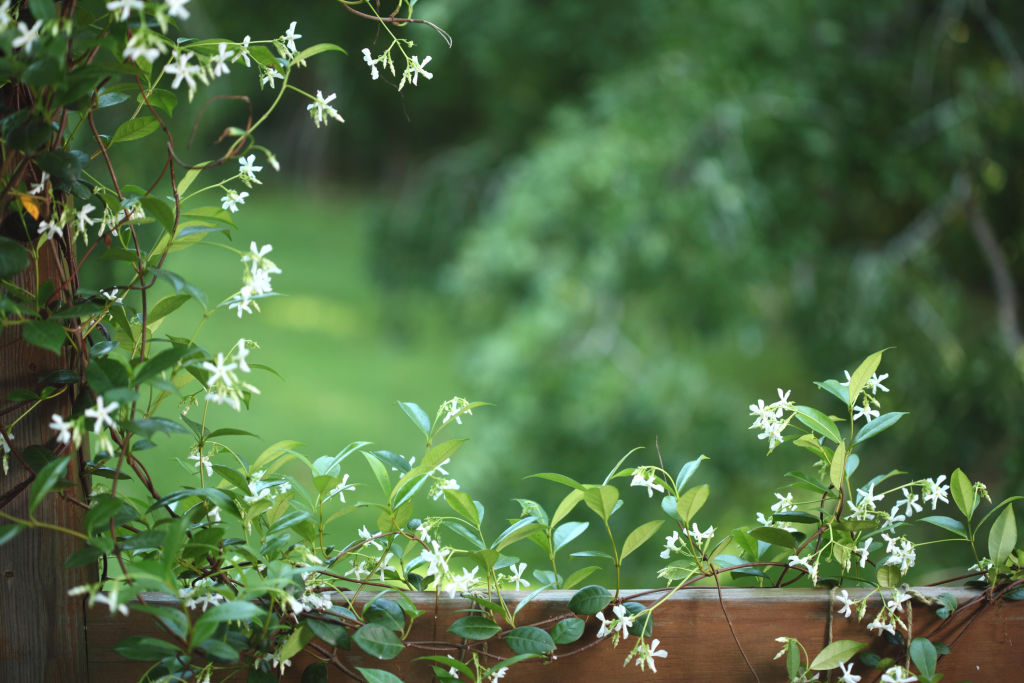
This versatile rambling vine can be trained to grow up a trellis or wall with support, or it can grow as a groundcover. This hardy plant has dark glossy leaves and during the warmer months of the year is covered with creamy yellow, highly scented star-shaped flowers.
Growing tips: Can tolerate some frost. Chinese star jasmine can withstand full sun or partial shade. Grows up to four metres.
4. Japanese maple
Acer palmatum
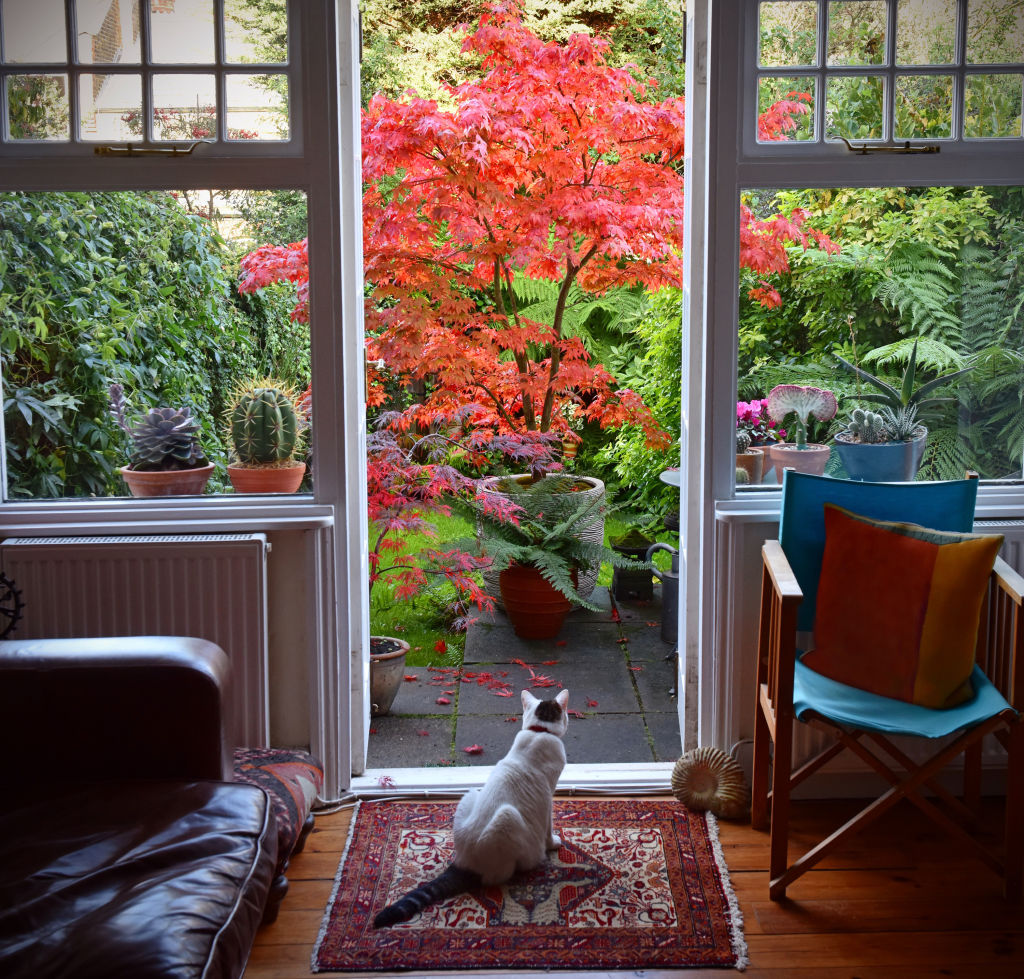
Delicate to look at, but surprisingly hardy, Japanese maples have an elegant growth pattern with branches arching out covered with fine foliage. They are known for their autumn display when the leaves change to either purple, red, yellow, or orange, depending on the variety.
Growing tips: Can withstand frost as they are deciduous, and therefore are dormant during colder months. Japanese maples can withstand full sun or partial shade. Grows up to four metres, and prefers not to be in a windy position. Japanese maples are also an ideal choice for bonsai.
5. Silver birch
Betula pendula
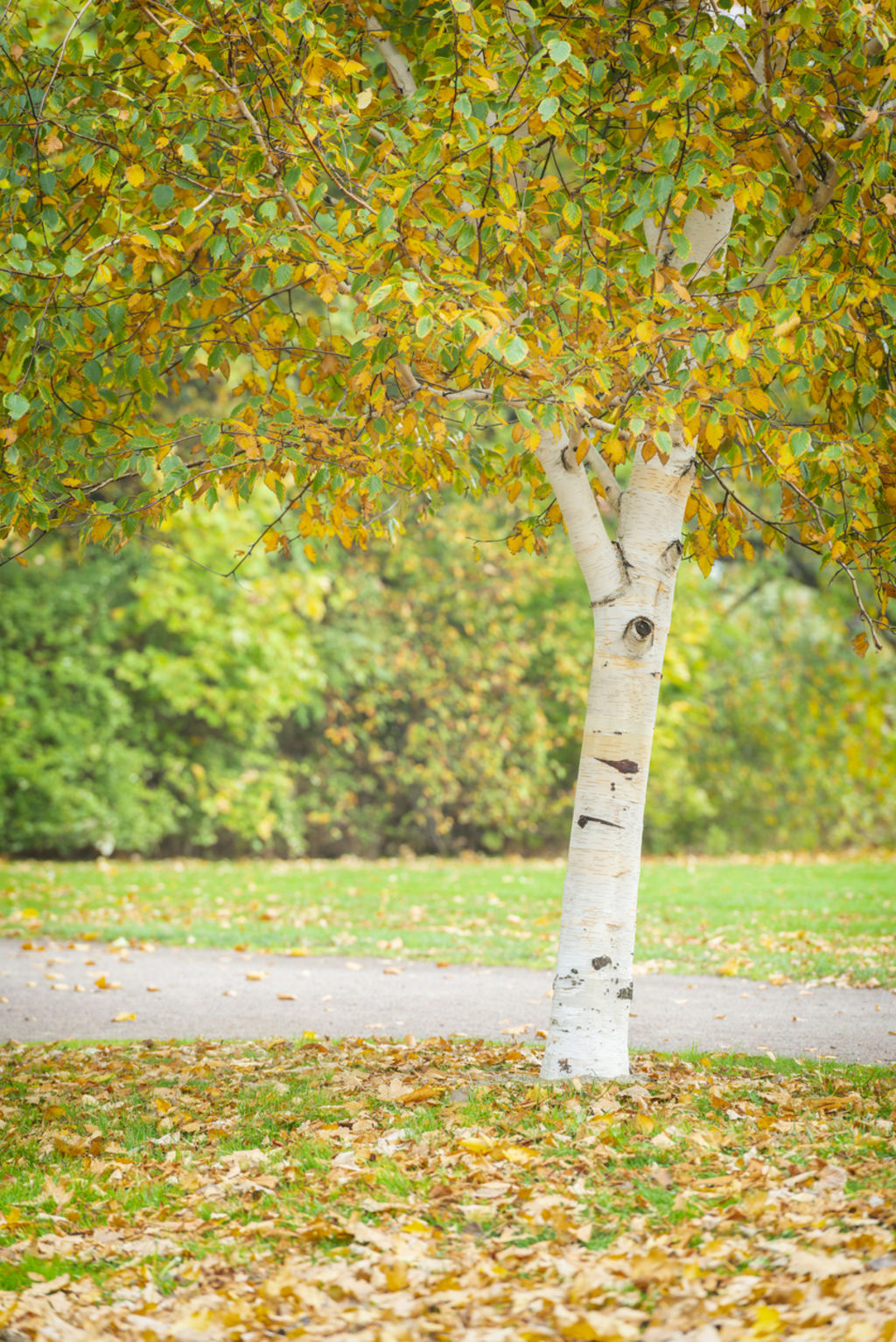
Silver birch trees are a visual feast throughout the year. In summer, lovely dappled shade is created through its soft green serrated foliage. In autumn, the leaves turn golden, and once they fall, the brilliant white trunk with its red hanging branches is revealed. These look striking as a single specimen tree, but their effect is enhanced when planted in a group of five or more.
Growing tips: These trees grow quickly for the first few years, and can withstand frost. Silver birch trees can tolerate full sun or partial shade. They can grow to five metres tall.
6. Bamboo
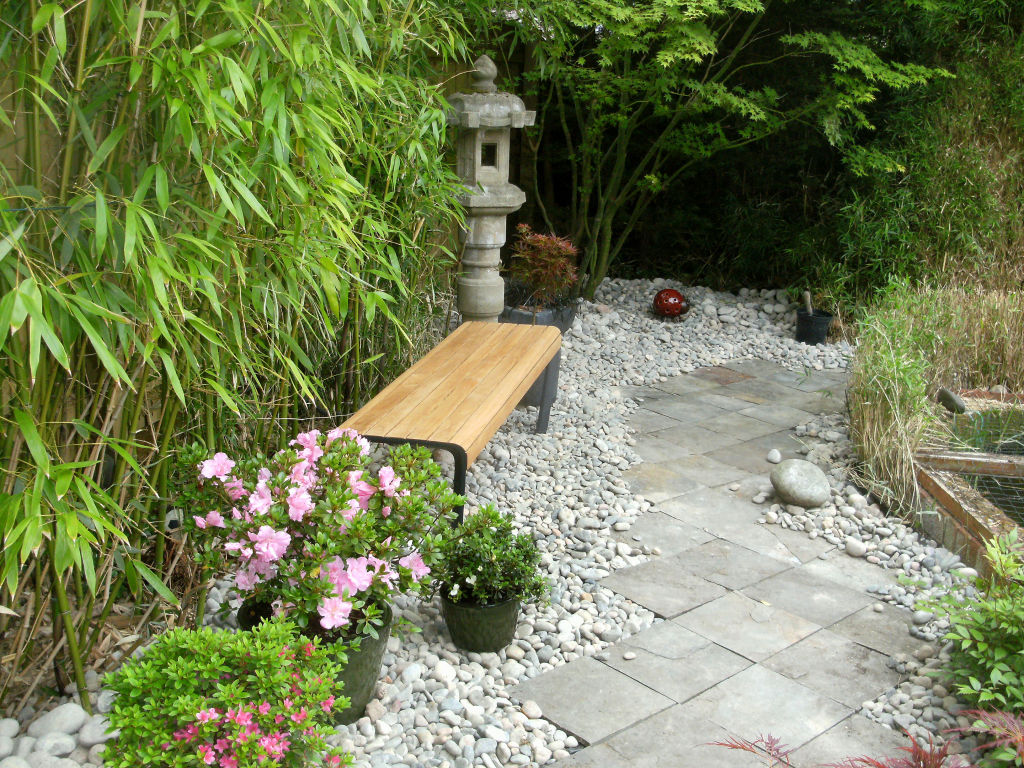
Exotic and graceful, bamboo is an excellent choice for adding “that something special”. There is a diverse selection of bamboo varieties, with different growing styles. Some are dense, others have a thinner growth tendency. Stalk colours include green, yellow, variegated and black.
Create a hedge or screen, grow it in pots, or use it as a feature plant. Bamboo has a bad reputation for its invasive spreading nature, and its difficulty to eradicate. Look for dwarf and clumping varieties as these may be better options.
Growing tips: Some varieties will thrive growing in the tropics, and others can survive through snowy winters. Bamboo can withstand full sun or partial shade. Grows from just 10 centimetres up to 36 metres! Get advice from your local supplier.
7. Silver Bush
Convolvulus cneorum
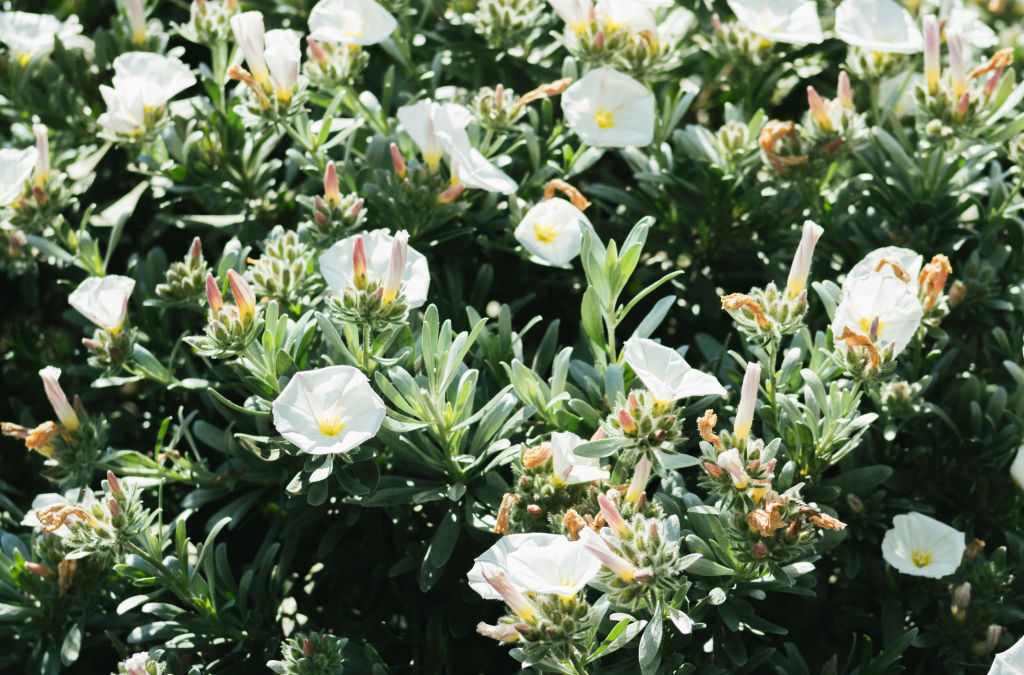
Talk about a low-maintenance plant! With its beautiful silver foliage, the low-growing Silver Bush attracts butterflies with its pure white flowers. These look great planted singly, en masse or as a short hedge, and they flower over a long period.
Growing tips: Silver Bush likes full sun or part shade, is drought tolerant. It can withstand light frost and grows well virtually anywhere, including near the sea, and even thrives in sandy soil or clay. Grows up to 50 centimetres.
8. Angel’s Trumpet
Brugmansia
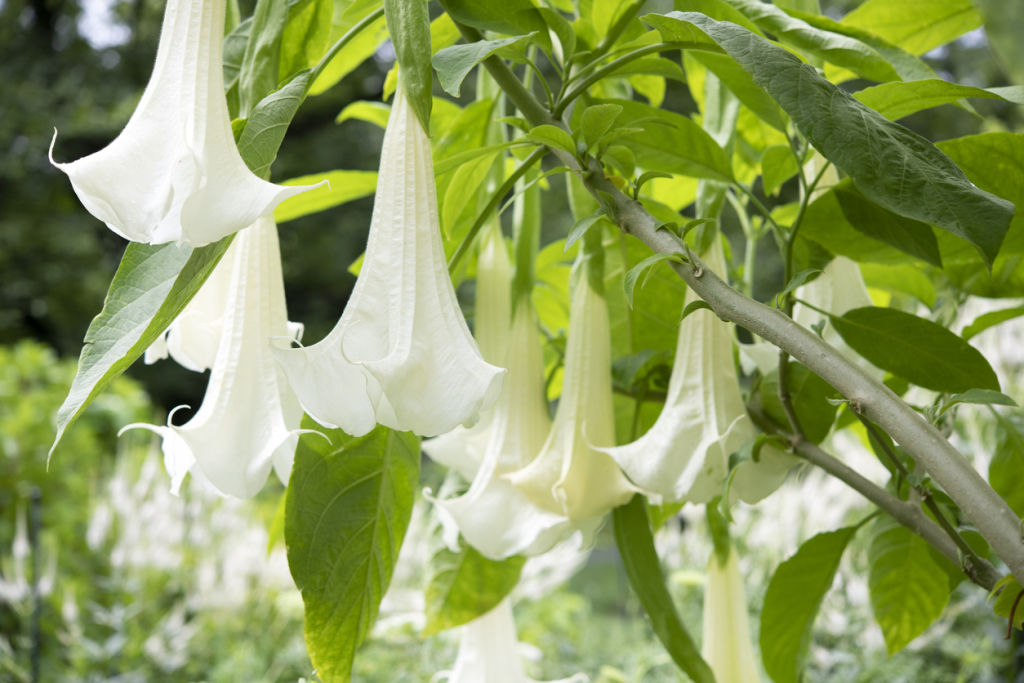
For an exotic, tropical look, Angel’s Trumpet is an impressive eye-catching shrub covered with pendulous, fragrant trumpet-shaped flowers every six to eight weeks or so, usually set off by rain. The flowers can be white, cream, yellow and pale orange or even pale pink depending on the variety. But beware, the seeds and leaves are poisonous.
Growing tips: Angel’s Trumpet likes full sun or part shade and likes its roots to be in moist soil. It doesn’t tolerate frost, but if you get light frosts, you can cover it with a sheet during winter. Grows up to 11 metres but you can prune it to make it bushier, resulting in more flowers.
We recommend
We thought you might like
States
Capital Cities
Capital Cities - Rentals
Popular Areas
Allhomes
More



